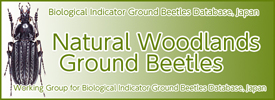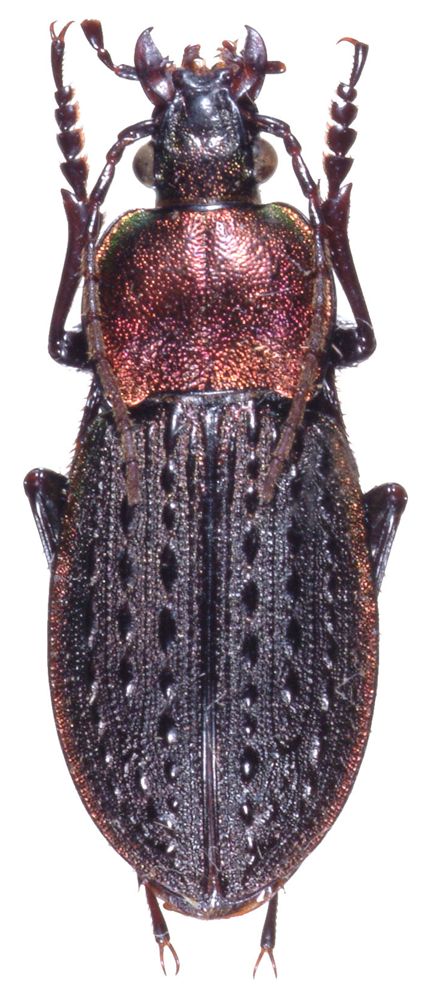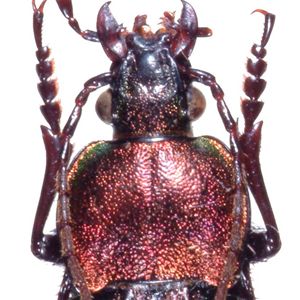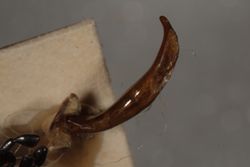| Ecology |
flatland and upland field (Inoue 1953j), wheat field (Kuwayama and Oshima 1964), cornfield (Kuwayama and Oshima 1964), potato field (Kuwayama and Oshima 1964), sugar beet field (Kuwayama and Oshima 1964), flax plant field (Kuwayama and Oshima 1964), farm field (Inoue 1979a), pine woodland (Kinki Research Group of Carabid Beetles 1979), natural grassland in the top of a mountain (Kinki Research Group of Carabid Beetles 1979), the land exserted volcanic rock (Kinki Research Group of Carabid Beetles 1979), riverbed (Kinki Research Group of Carabid Beetles 1979, East Japan Research Group of Carabid Beetles 1989, Kasahara and Nishiyama 1990, Yahiro et al. 2001, Carabidological Society of Shiga 2003, Takakuwa et al. 2006, Yahiro 2008), seaside (Kinki Research Group of Carabid Beetles 1979), pasture (Kinki Research Group of Carabid Beetles 1979), bareland (Higashi et al. 1983), grassland (Higashi et al. 1983, East Japan Research Group of Carabid Beetles 1989, Takakuwa et al. 2006), Sasa nipponica bush left in a pasture (Higashi et al. 1983), highland in Shikoku (East Japan Research Group of Carabid Beetles 1989), crop land (East Japan Research Group of Carabid Beetles 1989), margin in coppice forest (East Japan Research Group of Carabid Beetles 1989), seaboard herbosa (Kimoto and Yasuda 1995), peat bog (Kimoto and Yasuda 1995), woods (Hori 2003), forest (Hori 2002, Suttiprapan and Nakamura 2007), adult (Inoue 1953j, Kuwayama and Oshima 1964), June (Inoue 1953j), larvae of Mamestra brassicae (Inoue 1953j), insect larvae (Sota 1985a), moth (East Japan Research Group of Carabid Beetles 1989), nocturnal (Inoue 1953j), phototaxis (East Japan Research Group of Carabid Beetles 1989), hibernating in soil (Kuwayama and Oshima 1964, East Japan Research Group of Carabid Beetles 1989) |
 |
| 






